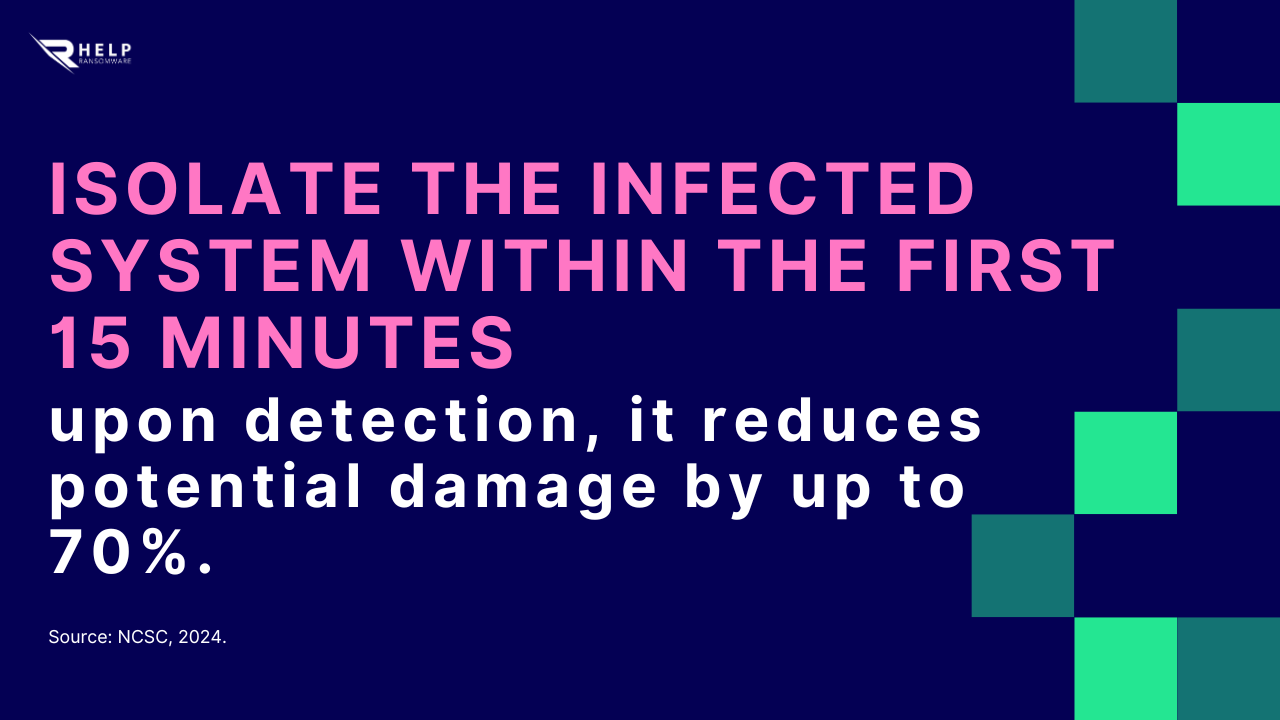In recent years, the frequency and sophistication of cyberattacks have grown dramatically.
From global corporations to small and medium-sized enterprises, every organization is a potential target.
A cyberattack response plan is now the dividing line between a temporary disruption and a complete operational collapse.
Every minute of delay after detection increases costs, damages reputation, and undermines trust.
Preparation means not only protecting data, but also ensuring business continuity.
Understanding the Importance of a Response Plan
An Incident Response Plan (IRP) defines the roles, actions, and resources required to manage an attack efficiently.
According to the IBM Cost of a Data Breach Report 2024, companies with a tested plan reduce the average cost of an incident by 43%.

The ENISA outlines the key elements of an effective IRP:
- a clearly defined command structure and documented procedures;
- secure, redundant communication channels;
- regular simulations to verify readiness.
“A response plan is not just a document — it’s the strategy that determines whether your company survives or disappears after an attack.” – Andrea Baggio, CEO of HelpRansomware
Identifying and Containing a Cyberattack
The first critical step in any incident is speed.
Early detection and containment limit the spread and the extent of the damage.
The CISA reports that 60% of companies without a containment plan experience reinfections within a week of the initial attack.
Immediate Containment Actions
- Disconnect infected systems from the network and shared cloud services.
- Disable remote access and VPN connections.
- Preserve system logs for forensic investigation.

At this stage, the focus must shift from panic to evidence preservation.
HelpRansomware provides 24/7 support for containment and forensic response, helping businesses handle ransomware infections quickly and safely.
Activating the Plan and Coordinating the Response
Once an attack is confirmed, the IRP must be activated immediately.
All departments — IT, legal, communications, and management — must work together under predefined protocols.
Communication and Legal Obligations
The NIS2 Directive requires organizations to report significant cyber incidents within 24 hours to relevant authorities.
Transparency and speed are crucial for maintaining trust and regulatory compliance.
“After a cyberattack, how you communicate matters as much as how fast you react.” – Juan Ricardo Palacio, CoFounder & CEO America of HelpRansomware
HelpRansomware supports companies during these critical hours, helping manage official notifications, coordinate messaging, and prevent misinformation.

Immediate Ransomware Help
Don’t let ransomware hold your business hostage. Our experts are ready to recover your data and secure your systems.
Restoring Operations and Validating Backups
After containment, recovery begins.
The NIST states that companies that regularly test their backups cut recovery times by 60% and minimize data loss by 50%.

Recovery Stages
- Verify the integrity of offline backups before restoring.
- Prioritize critical systems (ERP, payment gateways, customer databases).
- Validate post-recovery environments to ensure malware-free operations.
HelpRansomware’s recovery services ensure complete data restoration in controlled, verified environments, eliminating residual threats.
Post-Incident Analysis and Continuous Improvement
A well-handled crisis doesn’t end with recovery — it ends with understanding.
Analyzing the root cause and improving internal procedures strengthens resilience against future incidents.
The ENISA calls this process “lessons learned,” emphasizing that no response is complete without feedback and adjustment.
HelpRansomware helps organizations design prevention and protection strategies that include employee training, regular testing, and policy updates.

Immediate Ransomware Help
Don’t let ransomware hold your business hostage. Our experts are ready to recover your data and secure your systems.
Conclusion
A tested and documented cyberattack response plan is the cornerstone of digital resilience.
It doesn’t eliminate the threat, but it drastically limits its impact.
Companies that train, simulate, and adapt can turn a crisis into an opportunity for growth and improved governance.
The strength of an organization lies not in avoiding attacks but in how it reacts.
With HelpRansomware’s technical and strategic support, companies can recover faster and emerge stronger than before.
Frequently Asked Questions (F.A.Q.)
Because every minute counts. An IRP defines who does what and when, preventing confusion and chaos.
It reduces financial losses and demonstrates accountability to regulators and customers.
Not just IT. A complete response involves executives, legal counsel, HR, and communications.
Cyber incidents are corporate crises, not just technical problems.
At least every six months. Simulated incidents help measure response times and uncover operational weaknesses before a real attack.
Powering down or deleting infected files. These actions erase crucial forensic evidence.
Isolate systems instead, and call in HelpRansomware experts before taking further action.
It provides full containment, data recovery, and communication support using ENISA, CISA, and NIST methodologies.
HelpRansomware’s experts coordinate technical, legal, and reputational efforts for a safe, compliant recovery.
Yes. Nearly 40% of ransomware attacks target SMEs.
A proportional response plan can ensure continuity, reduce costs, and preserve client trust.



